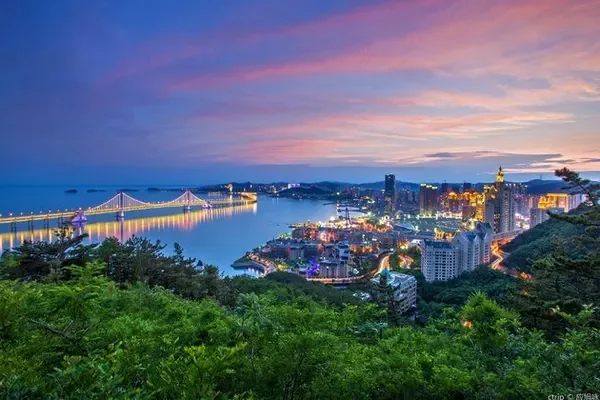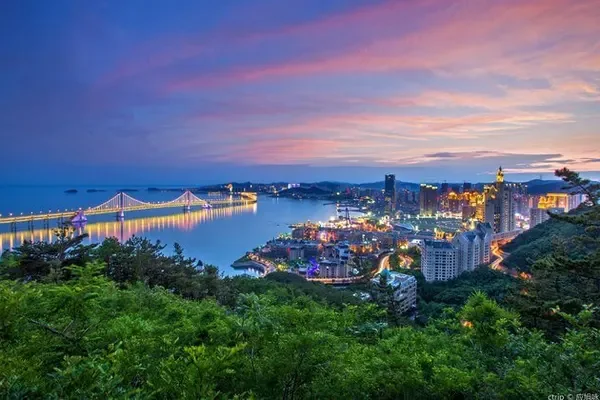Tongren County Regong Thangka Culture
Tongren, commonly known as "Regong" in Tibetan, means the golden valley where dreams come true. It is the hometown of Regong art, a world intangible heritage, and is also known as the capital of Thangka in the world. Tongren County is located in the southeast of Qinghai Province and the northeast of Huangnan Prefecture. Tongren County is located in the cultural exchange and integration zone of various ethnic groups. The developed agriculture and animal husbandry and rich mineral resources provide the necessary conditions for the birth and development of Regong Thangka.

Tongren has rich folk culture, such as the three arts: Regong art, embroidery, paper-cutting, and metal crafts "Chinese Tibetan Culture and Art Painting Grand View", Regong Tibetan Opera, Tibetan Shadow Opera, and Tibetan Fragrance June Festival.

Regong art includes: thangka, clay sculpture, embroidery, wood carving, stone carving, gold, silver and bronze carving, mandala, architectural painting, mural and other art forms. Regong art has gradually been refined and developed in the hundreds of years since it was born, and has become a unique national art. The splendid culture created by the people.
What is thangka?

Thangka is a unique art form of painting in Tibetan culture. It is the main variety of Regong paintings with the largest number and wide spread. The subjects painted in Regong Thangka are very extensive and rich. Gods, Buddhas, landscapes, flowers and plants, towers and pavilions, and various birds and beasts are all painted in detail, vividly, and in bright colors. In particular, some of the exaggerated and deformed Tantric statues have different postures, each in its own way, and its vivid His character is all over the place. , There are also celestial constellations, year-season time wheels, medical anatomy, etc. The art of Regong thangka has a history of more than 700 years, and the production skills have been passed down from generation to generation.

How to draw thangka?

Why are thangkas so expensive? It lies in the production process and the customs and culture behind it, as well as the painstaking efforts of the producers. It takes about five years to train a middle-level thangka painter, and the materials used in thangkas are all local mineral raw materials. They need to be carefully polished and put in a lot of effort before they can be exchanged for a complete and exquisite pair of thangkas. Sometimes it takes three months to draw a larger thangka, which shows that it is extremely difficult. So how is a thangka made?

Thangka drawing process:
First: make a picture frame, and determine the frame size according to the size of the Thangka.
Second: Stretch the canvas, use hemp as thread, string the edge of the white cotton cloth with needles and bind it tightly to the frame in a zigzag way.
Third: Grinding the canvas. Smooth objects such as stones and shells repeatedly rub and polish the canvas that has been coated with bone glue until the texture on the canvas is no longer visible.
Fourth: drafting composition, drafting strictly according to the rules of measurement, first is the positioning line, then outlines the main and secondary Buddha statues with carbon strips, and finally outlines the draft with light ink lines. Such a picture is called a white picture.
Fifth: color blooming. Different scenes are painted with the specified colors, and every place needs to be carefully painted. After all the colors are painted, props need to be used to scrape off the sundries on the colors.
Sixth: Painting with gold, one is called gold painting and drawing gold thread, grind pure gold into powder, add water and glue to make a paste, and then carefully draw patterns on the clothes of Buddha statues with a pen, which is called gold painting; Gold lines refer to the lines that use gold to outline the outlines of the Buddha's light background, mountains, rocks, flowers and plants. The second is to paste gold and lek powder, which is finished with a small leather bag of lek powder and gold leaf.
Seventh: Opening the eyes of Buddha statues, "opening eyes" to large and small Buddha statues and Bodhisattva Dharma protectors is the most critical step in Thangka.
Eighth: Thangka framing, remove the canvas from the frame, ask the eminent monk to write the mantras such as 'Om Aka' on the back of the forehead and chin of the Buddha statue, use various silks and satins to make the frame, and then send it to the temple for the eminent monk to recite After the consecration ceremony, a Thangka can be considered complete.
thangka natural mineral material
Most of the painting materials are drawn from natural minerals, plants, and animals, and the color of Regong thangka lasts for a long time.

Natural Mineral Raw Materials

gold leaf

plant material
Everyone knows that minerals are used to paint thangkas, but many people know little about the processing of these pigments, especially the processing of the core part, which is kept secret from outsiders. Artists who study Thangka in Regong will keep the secret recipe of pigment preparation in secret. In the drawing process, using gold is the unique skill of Regong artistes and one of the highlights of Regong art, which will not be easily passed on to others.
Regong Thangka Art Museum

In the Regong Thangka Art Museum, there are many works of well-known local thangka painters, with a total of 432 pieces, each of which reflects the unique charm of Regong Thangka art. The Regong Thangka Art Museum has not only Chinese arts and crafts masters, but also provincial-level arts and crafts masters, and Zhou-level arts and crafts masters and other fine thangkas of different levels. Here you can recognize various types of Thangka and the development history of Regong Thangka.
Regong dance art
The dances in the Regong area are divided into five types: monastery Qiangmu dance, god dance, dragon dance, military dance and Yutu dance. The Qiangmu dance in the temples of Regong is quite distinctive. It is performed on the square in front of the Sutra Hall of Longwu Temple on the 15th and 16th day of the first lunar month every year. Its "Qiangmu" has a fast rhythm and a large range of movements.

The use of masks is the most prominent external feature of "Qiangmu". During the Qiang Mu performances in monasteries in the Regong area, all of them wear masks and costumes, and hold wish-fulfilling magic weapons. Due to the large number of sculpture and painting artists in the Regong area and their superb craftsmanship, the masks made are vivid and lifelike, and they have become the main means of makeup for the Qiangmu in the monastery.

A lifelike mask.

thangka

Thangka Exhibition Room

mandala


